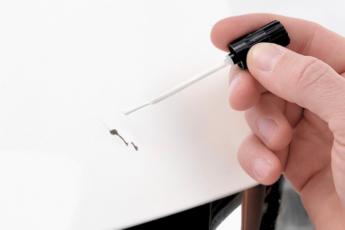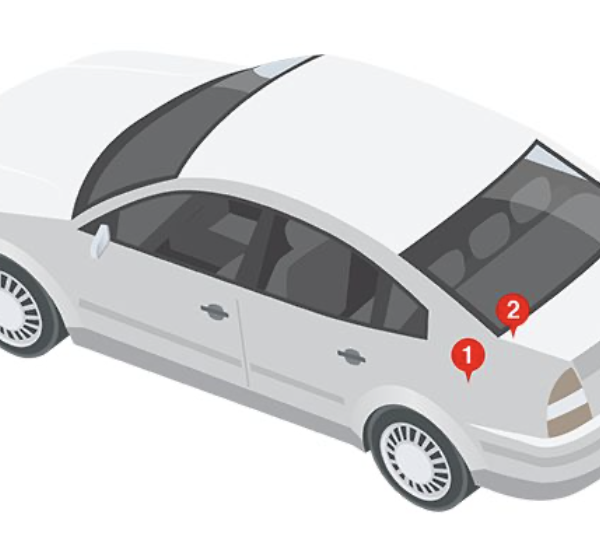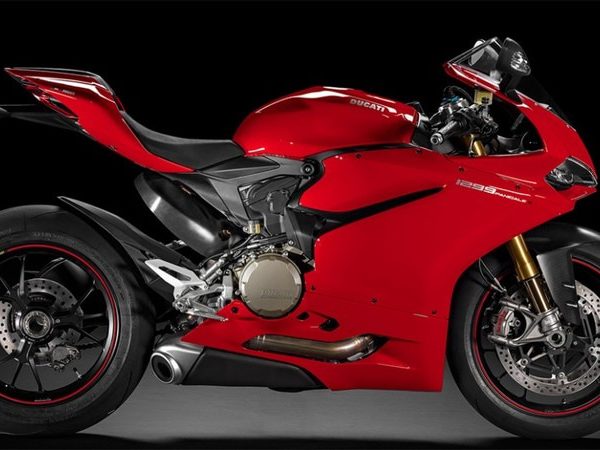Essential Safety and Maintenance Tips for Young Drivers

There are a few rites of passage for every teenager—going to prom, winning the big game, performing in a play, or getting their first job. Still, one universal coming-of-age moment happens when every young person receives their driver’s license. A driver’s license doesn’t just symbolize one’s ability to operate a car, it grants independence. That’s not to say young drivers should go out and drive like they’re in an action movie. Here are some essential safety and maintenance tips for young drivers to know before getting behind the wheel.
Know Your Car
A car, or any vehicle, is not a toy. Driving a two-ton vehicle requires patience, attention, and seriousness. Being a young driver is a rewarding experience, but that doesn’t mean you should drive without knowing the ins and outs of your vehicle. The first step to safe driving is knowing your car. Read over the owner’s manual to see when to fill fluids, rotate tires, and the type of gasoline you need. Additionally, the owner’s manual should state the drivetrain, powertrain, and troubleshooting advice. This booklet is the key that’ll help you get to know your vehicle, which in turn will make you a safer, more efficient driver.
Check the Fluids
With that in mind, replacing car fluids is important so you can keep it functional. There are certain fluids you must familiarize yourself with, like engine oil, coolant or antifreeze transmission fluid, braking fluid, power steering fluid, and windshield wiper fluids. Engine oil, as its name implies, lubricates the engine. Replace this every 3,000 to 5,000 miles or until the “check engine” light flickers. Transmission fluid is important for automatic vehicles and lubricates transmission components, such as gears, clutches, and valves. Some transmission fluids have lifelong stability, but if you need to, replace them every 60,000 to 100,000 miles. Braking fluid and power steering fluid lubricate the braking mechanics and steering maneuverability, respectively. Replace these periodically—about every 2 years or 30,000 miles. Lastly, windshield wiper fluid keeps your windshield clean from bugs and other grime. Replace this as needed.
Check the Tires
Tires are equally important. Check the tire pressure on your vehicle every few months. On-road tires should sit around 30 to 35 psi. Check the owner’s manual for the appropriate tire pressure for your vehicle. Also, check their tread life. Tread provides traction surface control for your vehicle. If your tires have little tread left, it’s time to replace them. An easy way to check tread life is to stick a penny in one of the tread grooves. If the top of Lincoln’s head shows, the tread is worn and shallow, and it’s time to replace the tire. If part of Lincoln’s head falls into the groove, then your tires are good to go.
Keep It Clean
Even if you don’t own the vehicle you’re driving, it’s important to keep it clean. Washing, waxing, and polishing are all great ways to keep the vehicle fresh and spotless. Cleaning a car’s exterior is simple. After washing it with car-appropriate cleaning detergent and water, use a microfiber cloth to dry it. Then, with a different microfiber cloth, apply a small amount of wax to add a protective finish. Once you’re done with that, apply a small amount of car polish for a bright, shiny exterior. Use a glass cleaner on your windows, front windshield, and rear windshield to remove excess dirt, bird poop, dust, pollen, and other natural debris.
Drive Defensively
As a young driver, it might be tempting to drive aggressively. Don’t do that. Defensive driving is the safest way to protect yourself and others on the road. Some important considerations with defensive driving include focus, alertness, and paying attention to other drivers. You cannot control what other drivers might do, but as a defensive driver, you can keep your eyes focused on the road while being aware of your surroundings. Wear your seatbelt, leave space between you and other drivers, and frequently check your mirrors. Also, if you notice an aggressive driver near you, change lanes or pull over to avoid them. It’s safer to put yourself out of harm’s way. Remember to keep your eyes open for pedestrians, cyclists, or any animals on the road.
Avoid Distractions
Another essential safety and maintenance tip for young drivers is to avoid distractions. A car is meant to take you between destinations, and while driving might become dull after a while, you must remain alert and attentive to the road and other drivers. This means cutting out all possible distractions, such as listening to the radio, or talking or texting to friends or family. These distractions could have fatal consequences. Texting while driving is one of the most lethal forms of car accidents today. Keep yourself and others safe and avoid touching your phone or other handheld devices during your drive. On a similar note, even mild substances like caffeine can affect driving performance. Until you become more of an experienced driver, avoid driving with food or beverages.
Practice
Finally, practice your daytime and nighttime driving. Pick a time where there aren’t many drivers on the road, such as during work hours or midday on the weekends. After you’ve gained more experience behind the wheel, practice driving during rush hour or other high-traffic times. While it might provoke a headache, it’s beneficial to gain experience driving at all hours of the day. This includes nighttime driving. Some people have greater difficulty driving at night and may even suffer from night blindness, a condition in which they’re unable to see well at night or in poor light. You might not realize you have night blindness until you practice driving at night. Otherwise, nighttime is a great time to cruise around without many people on the road.
When it comes to proper car maintenance, there’s no better place to turn than TouchUp Direct. Our touchup paint applicators fix scratches and external paint issues on any type of vehicle, whether it’s a pickup truck or a sedan. For instance, our Ford Mustang touch up paint helps fix any dirty or chipped Mustang exteriors in a plethora of model colors. Stop waiting and start browsing our wide selection. If you can’t find what you’re looking for, call us or use our online vehicle paint finder for help.


 Cart
Cart
 Help Desk
Help Desk






